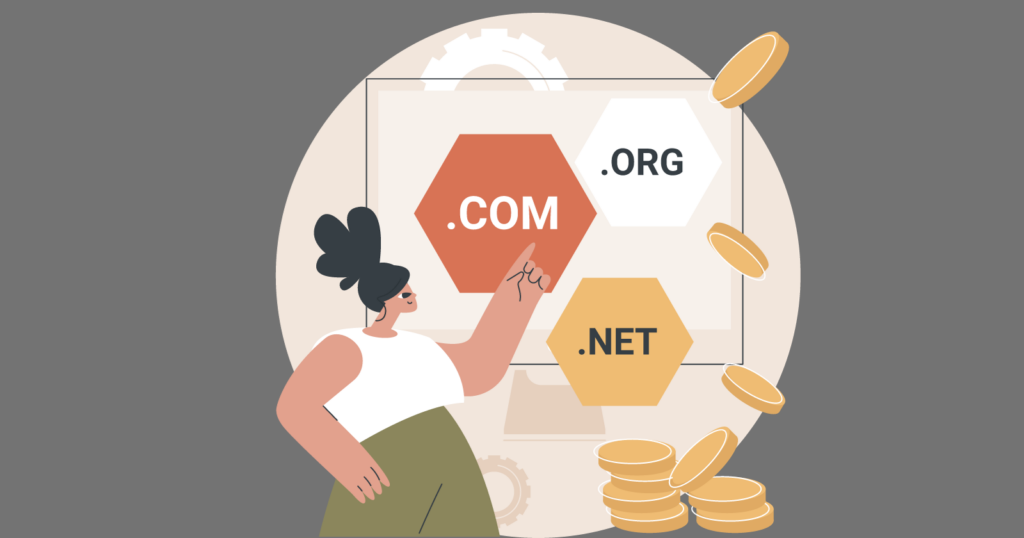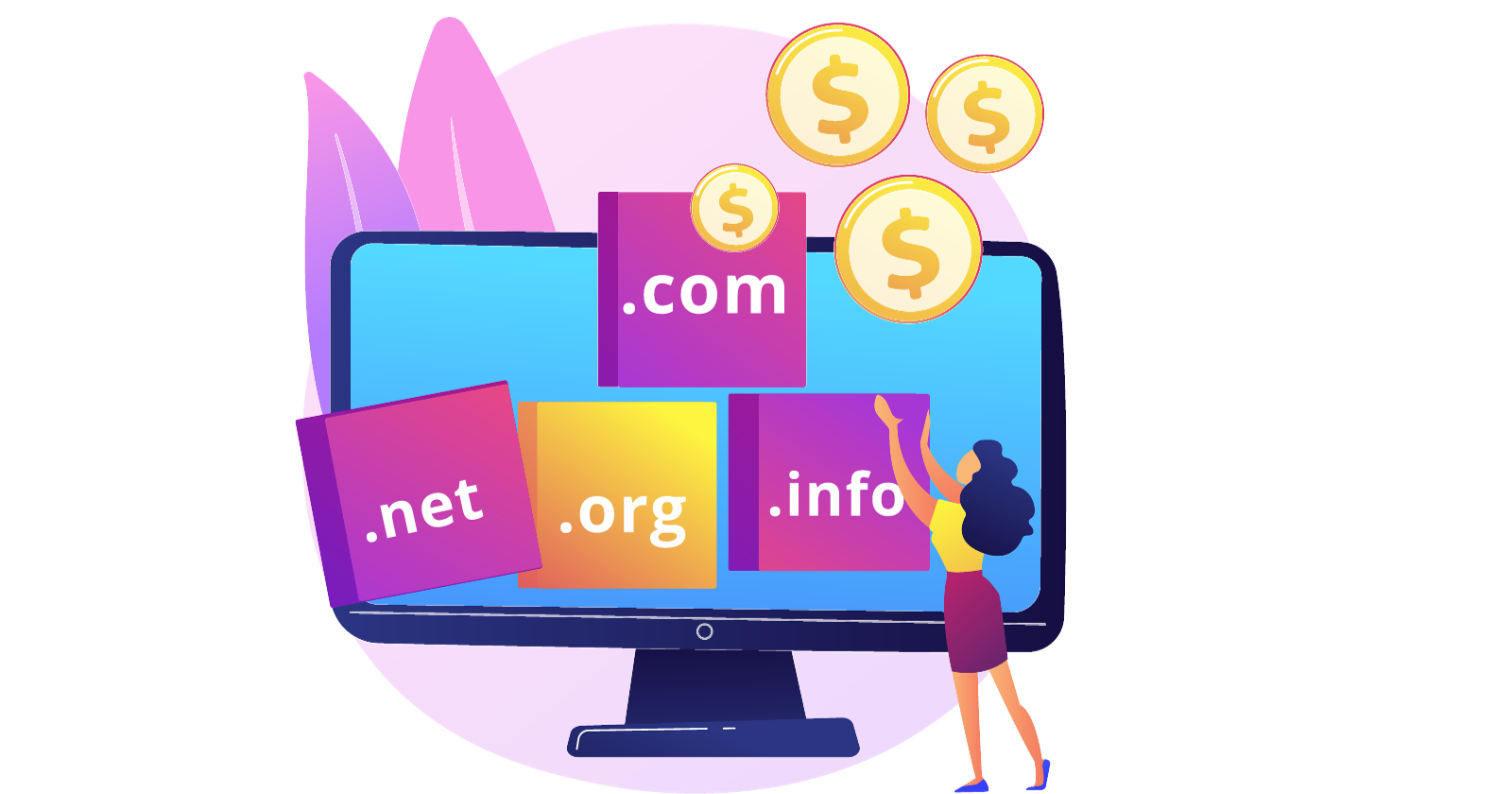Flipping Websites: How to Buy and Sell Profitable Online Properties
Flipping websites has become an increasingly popular way of generating passive income and building an online business. As someone involved in website flipping for several years, I can attest to the potential profits and opportunities of buying and selling websites.
Website flipping is purchasing, improving, and selling an existing website for a profit. It’s similar to flipping houses but with websites instead. The concept is straightforward, but the execution requires some knowledge and strategy.
However, with the right approach, website flipping can be a lucrative venture providing a steady income stream. In this article, I will share my experience and insights into website flipping, including how to get started and what to look for when buying and selling websites.
Table of Contents
Website Flipping Basics

What is Website Flipping?
Website flipping is buying, improving, and selling an existing website for a profit. This business model can be a great way to make money online. It involves buying a website that is not performing well, making improvements to increase traffic and revenue, and then selling it at a higher price.
Pros and Cons of Website Flipping
There are several benefits to website flipping. First, it can be a profitable niche for entrepreneurs with the capital and willingness to take on some risk. Second, it can be a great way to build your online business and income source. Third, it allows you to work from anywhere and build a business with unlimited income potential.
However, there are also some cons to website flipping. It requires due diligence and careful research to ensure that you are buying a website with potential improvement. There are also red flags to watch out for, such as low-quality content, spammy backlinks, and poor search engine rankings. Additionally, website flipping involves negotiation and selling skills, which may not be everyone’s forte.
Is Website Flipping Right for You?
Website flipping can be a lucrative business model, but it may not fit everyone. If you have experience in SEO, website design, and online marketing, you may be able to profit from flipping websites. However, if you are new to online business, then it may be better to start building your own website from scratch.
Before you start flipping websites, it’s important to consider your investment and profit goals. You should also research the marketplace and understand the multiple websites typically sell for.
As of this writing, a website asset can be flipped at a standard multiple of about 3 times its annual profits. In other words, 35-40 times monthly profits. For example, a website that makes $500 a month could be sold for $17,500 to $20,000.
Finally, it’s important to remember that website flipping is not a get-rich-quick scheme. It requires hard work, dedication, and a solid business plan. However, if you are willing to put in the effort, website flipping can be a profitable and rewarding business model.
Finding and Evaluating Websites to Flip

As someone who has flipped websites successfully, I know that finding and evaluating websites to flip is a crucial part of the process. In this section, I’ll share some tips on where to find websites to flip, how to evaluate them, and red flags to watch out for.
Where to Find Websites to Flip
There are several places where you can find websites to flip. Here are some of my go-to sources:
- Website brokers: Several website brokers specialize in buying and selling websites. These brokers can help you find websites that fit your criteria and budget.
- Existing websites: You can also find websites to flip by searching for existing websites in your niche. Look for websites that have potential but need some work.
- Niche websites: Another option is to look for niche websites with potential but not fully monetized. These websites can be a great investment if you can improve their monetization strategy.
Evaluating Websites for Flipping
Once you’ve found a website that you’re interested in, it’s important to evaluate it thoroughly. Here are some things to consider:
- Google Analytics: Look at the website’s Google Analytics data to see how much traffic it’s getting and where the traffic is coming from. This will give you a good idea of the website’s potential.
- Site structure: Evaluate the website’s structure to see if it’s well-organized and easy to navigate. A poorly structured website can be difficult to improve.
- Monetization strategy: Look at the website’s current monetization strategy and see if there are any opportunities for improvement. For example, if the website is relying solely on display ads, there may be opportunities to add affiliate marketing or sponsored content.
- Profitable niches: Evaluate the website’s niche to see if it’s profitable. Look for niches that have a high demand but low competition.
Red Flags to Watch Out for
When evaluating websites to flip, there are also some red flags to watch out for. Here are a few:
- Outsourcing: If the website relies heavily on outsourcing, it may be difficult to maintain and improve after you purchase it.
- Content sites: Be wary of content sites that rely heavily on user-generated content. These sites can be difficult to monetize and may not have a loyal audience.
- Improve SEO: If the website has poor SEO, it may be difficult to improve its traffic and revenue.
By following these tips, you’ll be able to find and evaluate websites to flip successfully. Remember to do your due diligence and thoroughly evaluate each website before making a purchase.
Improving the Website for Profit

As a website flipper, I know that improving the website is crucial to maximizing profit. Here are some strategies that I use to improve websites for profit.
Improving SEO and Organic Traffic
One of the first things I do when improving a website is to work on its SEO. I start by conducting keyword research to identify high-traffic, low-competition keywords that the website can rank for. Then, I optimize the website’s content, meta tags, and URLs to include these keywords. I also ensure that the website has a good site structure, is mobile-friendly, and has a fast loading speed.
Another important aspect of improving SEO is building backlinks. I focus on getting high-quality backlinks from authoritative websites in the same niche as the website I’m flipping. I use tools like Ahrefs and SEMrush to identify potential backlink opportunities and reach out to the website owners to request a link.
Content Improvement Strategies
Content is king, and improving the website’s content can significantly increase its value. I start by conducting a content audit to identify content that is outdated, irrelevant, or low-quality. Then, I either update, delete, or replace this content with fresh, high-quality content.
I also focus on creating new content that is optimized for the website’s target keywords. This includes blog posts, product descriptions, and other types of content that can attract organic traffic.
Link Building Strategies
In addition to building backlinks, I also focus on internal linking. Internal linking helps to distribute link equity throughout the website, which can improve its overall SEO. I ensure that each page on the website has at least one internal link pointing to it from another page on the website.
Monetization Improvement Strategies
Improving the website’s monetization is another key strategy for increasing its value. I start by analyzing the website’s current monetization strategy and identifying areas for improvement. This may include adding new affiliate offers, optimizing ad placements, or creating new products or services to sell.
Design and Site Structure Improvement Strategies
Finally, I focus on improving the website’s design and site structure. A well-designed website with a clear, user-friendly structure can improve user experience and increase engagement. I ensure that the website is easy to navigate, has a clear call-to-action, and is visually appealing.
In conclusion, improving a website is essential for maximizing its profit potential. By focusing on SEO, content, link building, monetization, and design, website flippers can significantly increase the value of the websites they flip.
Selling the Website: Flipping Websites

When it comes to selling a website, there are a few things to consider to ensure you get the best possible price. In this section, I will cover the key factors to determine the sale price, where to sell your website, negotiation strategies, and transferring the website ownership.
Determining the Sale Price
Your website’s sale price will depend on various factors, including the website’s age, traffic, revenue, and profitability. Before putting your website up for sale, it’s important to ensure it is optimized for search engines, which can increase its value. You can use online tools to check your website’s Google rankings and see how it compares to other websites in your niche.
Another important factor to consider when determining the sale price of your website is the growth potential. If your website has a lot of untapped potential, it may be worth more than a website that has reached its peak. You can highlight the potential for growth in your listing to attract potential buyers.
Where to Sell Your Website
There are several websites and marketplaces where you can sell your website, including Flippa, Empire Flippers, and FE International. Each platform has its own unique features and fees, so it’s important to do your research and choose the one that best fits your needs.
If you’re looking to sell your website quickly, you may want to consider using a website broker. Brokers have a network of potential buyers and can help you negotiate a higher price for your website.
Negotiation Strategies
When negotiating the sale price of your website, it’s important to be prepared and have a clear understanding of your website’s value. You should also be open to negotiation and willing to compromise on certain terms to reach a deal.
One strategy you can use during negotiations is to highlight the potential for growth and future profitability of your website. This can help increase the perceived value of your website and justify a higher sale price.
Transferring the Website Ownership
Once you’ve agreed on a sale price and terms with the buyer, transferring the website ownership smoothly is important. You will need to transfer the domain name, website files, and any other assets associated with the website.
You can use a website transfer service to ensure the transfer is done securely and without issues. It’s also important to update any relevant accounts, such as hosting and payment processors, to reflect the change in ownership.
In conclusion, selling a website can be profitable for generating passive income and growing your online business. By following these tips and strategies, you can get the best possible price for your website and make a successful sale.






